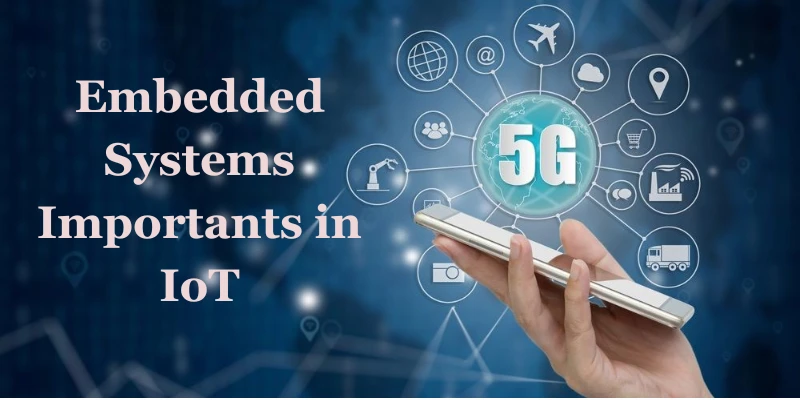
The Internet of Things (IoT) has become one of the most transformative technological shifts of the 21st century. IoT is reshaping how we interact with the globe, from smart homes to industrial automation and wearable health trackers. These compact, purpose-built computing units are the backbone of IoT, enabling real-time control, communication, and decision-making. Aspiring engineers are choosing to join Embedded System Courses in Chennai to gain skills and excel in the growing IoT sector. In this blog, we will explore the why are embedded systems importants in IoT.
What is an Embedded System?
An embedded system is a microprocessor-based computer hardware system with software, designed to perform a specific function or set of functions. Unlike general-purpose computers, embedded systems are task-specific and are often integrated into larger mechanical or electrical systems. Understanding the latest trend in embedded systems is crucial, as new technologies and innovations are continually shaping the future of these specialised devices.
They can range from simple 8-bit microcontrollers in washing machines to complex 64-bit processors in autonomous vehicles. Their design often emphasises low power consumption, real-time performance, reliability, and compactness.
Join Linux Training in Chennai to boost your essential Linux skills for embedded systems and advance your career.
The Role of Embedded Systems in IoT
IoT devices are objects that collect, transmit, or act on data using sensors, processors, and communication modules. The embedded system is what gives the IoT device its “intelligence.”
Here’s how:
1. Data Collection and Processing
2. Real-Time Decision Making
In many IoT applications, like industrial automation or smart health monitors, decisions must be made in real-time. Embedded systems ensure that time-critical responses, such as shutting down machinery or sending an alert, happen immediately without relying on remote servers. C C++ Training in Chennai helps individuals build strong programming skills tailored for real-time, embedded IoT applications.
3. Connectivity
Many IoT devices are battery-powered, and embedded systems are optimised for low power consumption. Features like sleep modes, efficient CPUs, and lightweight code allow devices to run for months or years on a single battery.
Why Embedded Systems Are Crucial for IoT Scalability
Embedded Systems and Edge Computing
With the explosion of IoT devices, transferring all data to the cloud is neither efficient nor sustainable. Enter edge computing, where data is processed at the device level or near the data source. Embedded systems enable edge computing by handling local processing, reducing latency, saving bandwidth, and enhancing privacy.
Security Considerations
Future Trends in Embedded IoT Systems
Some of the exciting trends shaping the future of embedded systems in IoT include:
- AI at the Edge: TinyML and on-device machine learning are allowing devices to become more autonomous.
- 5G Integration: High-speed connectivity is enabling faster and more reliable IoT applications.
- Open-source Hardware: Platforms like RISC-V are driving innovation and cost reduction.
- Energy Harvesting: Embedded systems are evolving to run on ambient energy sources like solar or RF, reducing the need for batteries.
Embedded systems are the silent engines powering the IoT revolution. From simple sensors to complex AI-enabled devices, they enable real-time processing, seamless connectivity, and efficient power use — all in compact, purpose-built packages. As IoT continues to scale across homes, cities, industries, and healthcare, the role of embedded systems will only grow in importance.